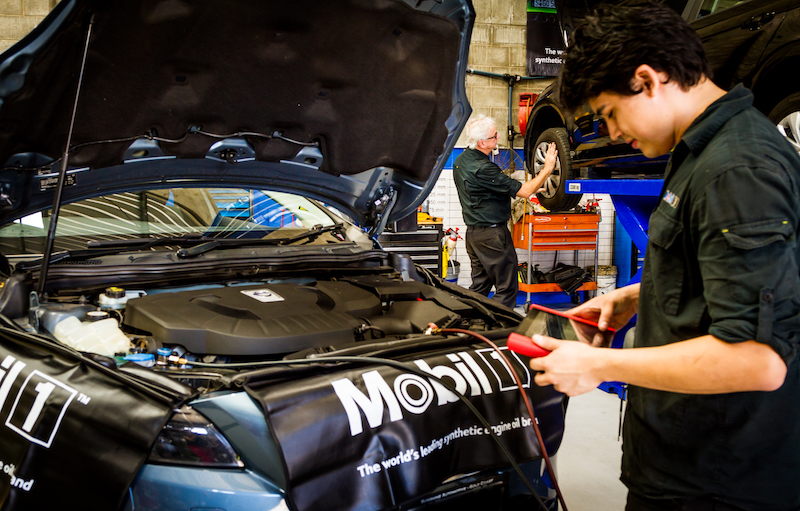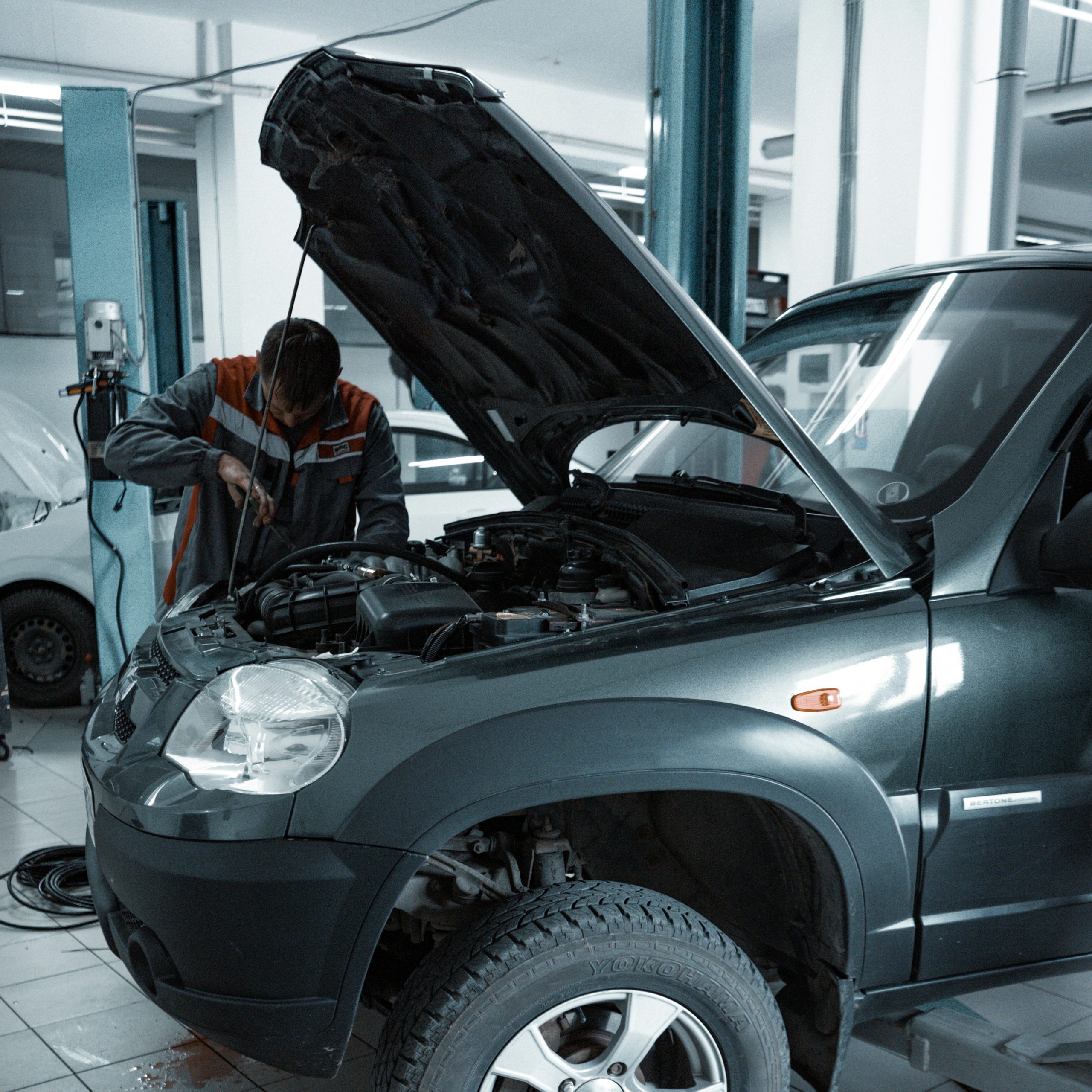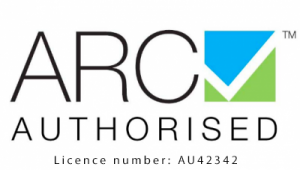Everyone knows they need to have their car regularly serviced. It sounds good. But what actually happens? You know, you drop your car off in the morning, talk to the service adviser and leave. Then you come back in the afternoon, pay your money and drive away. Your car looks the same. It probably even drives the same. So, what did you really pay for?
There are a few different types of servicing. You’ve probably heard of some of these: oil service, minor service, major service, standard service and log book service. So, what do they all mean? And which one is right for your car?
Let’s start with an oil service. This is what most cut-price services really are. It involves changing your car’s engine oil and filter and maybe a quick look over the rest of the car. And while this may be good for the internal mechanical components of your engine, it ignores the maintenance and safety needs of the rest of the vehicle.
Next there’s minor and major services. A minor service is really an oil service coupled with a safety and mechanical check over the vehicle. A major service is just a minor service with a few extras tacked on, say an air filter, spark plugs and maybe engine coolant and brake fluid flush. Many years ago vehicle manufacturers recommended a minor service every 5,000 km and a major service at every second or third service. But this concept was progressively dropped by most car makers at least 20 or 30 years ago and replaced with log book servicing.
So, what is log book servicing? Modern cars are complex machines. As they age, different components and systems need attention at different times to maintain the car in top condition. These times are called service intervals and they can vary by time, distance or both.
Another point to remember is that every make and model is different. So, it stands to reason that the maintenance needs will not only vary depending on who made your car, but can also vary from model to model and in some cases, even by date of manufacture.

So, to keep your car in top condition, a car maker might specify that every 10,000 km or 12 months, your mechanic should change your engine oil and filter and carry out a specific list of checks; every 20,000 km or 24 months your mechanic should change your air filter and cabin filter and do the same checks, and every 40,000 km or 48 months, change your engine coolant and brake fluid and carry out a more comprehensive list of checks. These specifications are then consolidated into a service schedule. Using this as an example, we’d get the following:
- 10,000 km or 12 month log book service: engine oil and filter and check over 30 items.
- 20,000 km or 24 month log book service: engine oil and filter, air filter and cabin filter and check over the same 30 items.
- 30,000 km or 36 month log book service: Just an engine oil, filter and checks again.
- 40,000 km or 48 month log book service: Engine oil and filter, air and cabin filter, engine coolant, brake fluid and a more comprehensive list of checks covering say 35 items.
This is why we recommend log book servicing, even for older vehicles. This approach makes sure the right work is done at the right time to keep your car in top condition.
The final point to remember is that like most things in life, with servicing you get what you pay for. While every independent workshop is different, we all have much the same overheads and pay our techs around the same wages. So a workshop offering cut-price servicing has to turn over more services in a day to make a profit. Therefore, low service prices can only mean one thing: less time for the tech to check over the critical safety and mechanical components on your car. Think about that. Your car is probably the most expensive asset you own after your house. You rely on it to get you where you need to go and to keep you and your family safe while you get there. Are you happy for a tech under severe time pressure at a cut-price workshop to spend just a few minutes checking it over? Or would you prefer to pay a bit extra to get the job done properly?
At The Torque Team, we spend AT LEAST 90 minutes on each service. And we test drive the car both before and after every service. This gives our techs the time they need to thoroughly check over and test your car, so you can drive away with the confidence that comes from knowing your car is being properly maintained.








